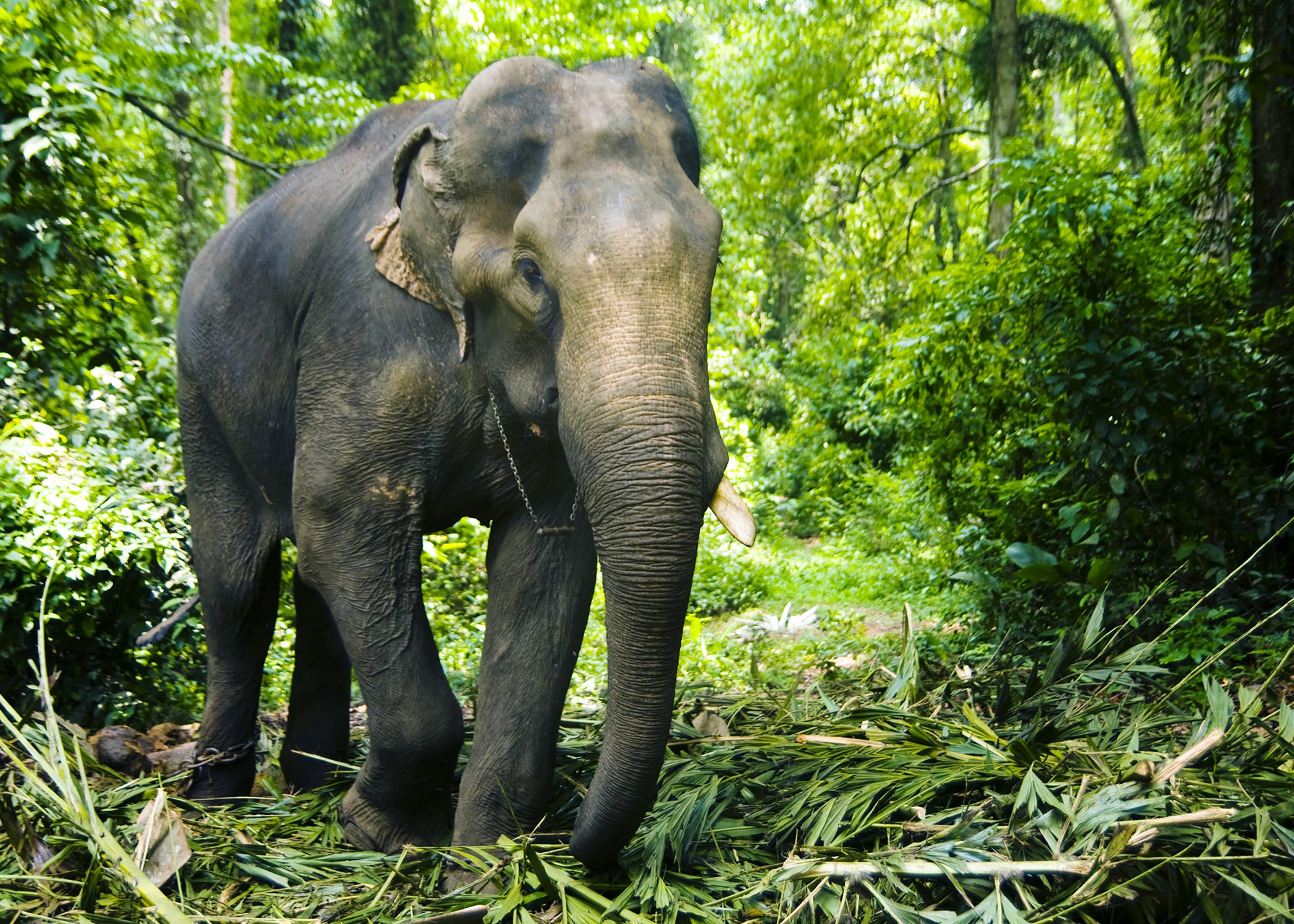News Highlights:
- Human animal conflict increased as in the latest in a series of wild elephant attacks in Wayanad Kerala, a daily worker, was attacked by a rouge elephant at Sulthan Bathery town adjacent to the Wayanad Wildlife Sanctuary in the early hours of January 6.
- The same elephant further charged at a bus and destroyed crops grown by three farmers on the same day.
What is Human-Animal Conflict?
- About:
- Human-Wildlife Conflict refers to the negative interaction between humans and wildlife that result in losses in terms of life, property or resources.
- Due to an expanding human population, it is almost inevitable that humans will encroach into the natural habitats of the animal kingdom.
- As a result, many nations have included mitigation of human-wildlife conflict as part of their national environmental team.
- Factors leading to Human-Wildlife:
- With a rapidly increasing human population and high biodiversity, interactions between people and wild animals are becoming more and more prevalent.
- Habitat disturbance is the destruction of the home of wild animals. Humans kill or chase wild animals by digging, cutting, sealing with stones and smoking in their natural habitat.
- Other factors include large-scale habitat destruction through deforestation overgrazing by livestock and expansion of human settlements and agriculture.
- Impacts of conflicts:
- Loss of life
- Injury to both animal and human
- Damage to crops and agricultural land
- Rise in violence against animals.
Mitigation of Human-Wildlife Conflict:
- Relocating problematic animals:
- Relocating supposed “problem” animals from a site of conflict to a new place is a mitigation technique used in the past, although recent research has shown that this approach can have detrimental impacts on species and is largely ineffective.
- Distinct wildlife corridors:
- Building barriers around cattle bomas (livestock enclosure), creating distinct wildlife corridors and erecting beehive fences around farms to deter elephants have all demonstrated the ability to be successful and cost-effective strategies for mitigating human-wildlife conflict.
- Monetary compensation:
- Governmental systems have been established to offer monetary compensation for losses sustained due to human-wildlife conflict.
- These systems hope to deter the need for retaliatory killings of animals and to financially incentivise the coexistence of humans and wildlife.
- Predator-deterring guard dogs:
- The use of guard dogs to protect livestock from depredation has been effective in mitigating human-carnivore conflict around the globe.
- A recent review found that 15.4% of study cases researching human-carnivore conflict used livestock-guarding dogs as a management technique, with animal losses on average 60 times lower than the norm.
- Empower Gram Panchayats:
- Empowering gram panchayats in dealing with problematic wild animals as per the Wildlife (Protection) Act, 1972.
Specific Measures to avoid Elephant killing:
- Various methods:
- Development and maintenance of perennial water holes, solar-powered borewells etc.;
- Creation of fodder plantations, bamboo planting/restocking;
- Installation of hanging fences, solar-powered high electric fences, rubble walls, community electric fences, concrete barriers, bio fences etc.;
- Radio collaring for monitoring problematic elephants, watchtower for tracking elephants, using drones for tracking etc.;
- Relocation of villages from elephant corridors or protected areas; and
- Removal of elephants from human habitations or areas
Way forward:
- Both government and society should work together as a single entity and alter perspectives towards wildlife and human existence in the forest and on its fringes.
- Parallelly, forest conservation must be made more effective, through participatory programmes involving the people
- The most widespread methods for lessening human-wildlife conflict come in the form of mitigation, or finding ways to keep wildlife out of areas with high human population or agricultural density.
- There is a need for education and awareness among the masses so that they are sensitized about the human-animal conflict, Then, mitigation will evolve away from short-term symptom fixes towards long-term sustainable solutions to prevent conflict.
- Ensuring that humans and animals have adequate space to thrive is the basis of human-wildlife conflict resolution.
- Protecting wild lands and natural habitats is key, but so is creating buffer zones between wild and urban areas.
Pic Courtesy: Freepik
Content Source: The Hindu



